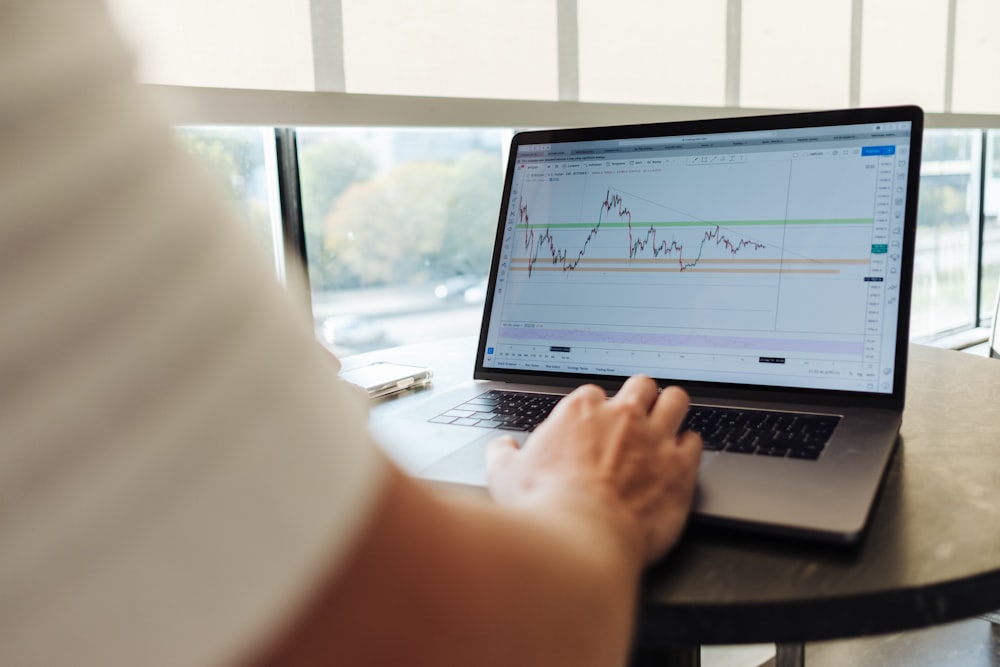
Representing the 500 largest market cap companies in the US, SPX has been lopsided for years. Out of the top 10 stocks by index weight, 7 outperform SPX heavily, with five being under the Big Tech umbrella. These “Magnificent Seven” are Apple (Nasdaq: AAPL), Alphabet (Nasdaq: GOOGL), Amazon (Nasdaq: AMZN), Microsoft (Nasdaq: MSFT), Nvidia (Nasdaq: NVDA), Meta Platforms (Nasdaq: META) and Tesla (Nasdaq: TSLA). It has become commonplace to say they are holding the stock market afloat, driving SPX into a 10% year-to-date performance.Consequently, when Big Tech took a downturn at the end of July, so did the SPX, dropping 8% to date. Overall, roughly 84% (421) of S&P 500 stocks are down since July. In this bear market, it then becomes important to know which stocks are bucking the trend with double-digit gains.
Eli Lilly (NYSE: LLY)
Since the end of July, this global pharmaceutical company has outperformed the market, going up 31% to $596 per share. In the pharma sector, this happens when there is a new promising drug on the horizon. Eli Lilly’s big win ticket is Mounjaro, a new diabetes drug that also holds promise for weight loss.In July, Mounjaro’s Phase 3 trial yielded positive results, showing itself more effective than the competitive Wegovy produced by Novo Nordisk. Demand for weight loss drugs is so high that Novo Nordisk (NVO) also outperformed the market, at 22% since July. In addition to Mounjaro, Eli Lilly’s Donanemab showed positive results in combating Alzheimer’s in its Phase 3 clinical trials. Although Donanemab doesn’t cancel the disease, data indicated that it slows down its progression, making it the first Alzheimer’s drug to treat it effectively. Much will depend on the sales of these drugs, given that Eli Lilly has a high debt-to-equity ratio of 170%.The FDA has not yet approved Donanemab, having rejected accelerated approval in January, although it has been granted Biologics License Application (BLA) priority review. Mounjaro was approved last May for type 2 diabetes, but for obesity treatment, the BLA submission is yet to be filed. As a pathway to market new biological products (derived from living organisms), the BLA pipeline for both drugs is expected to be finalized in late 2023 or early 2024. Assuming the successful deployment of these highly demanded drugs, the Nasdaq consensus pulled from 21 analysts places LLY stock in the “strong buy” category.The average LLY target price is $631.18 vs the current $596, with the high estimate going as high as $710 per share. If there are hitches along the drug pipeline, the low estimate is $470.
Arista Networks (NYSE: ANET)
In the era of AI, demand for data centers and cloud computing is poised to rise sharply. Headquartered in Santa Clara, California, Arista Networks is the second market share leader in supplying networking solutions. In addition to designing multilayer network switches, Arista has a comprehensive software suite in the form of an Extensible Operating System (EOS) for network customization, used in conjunction with CloudVision. The company reported 30% year-over-year revenue growth in Q2 (end of July), making the stock go up 23%.Oppenheimer then upgraded ANET stock to “outperform,” raising its price target from $200 to $225. Likewise, the Nasdaq consensus based on 23 analysts places ANET stock in the “strong buy” category. The average ANET price target is $207.25 vs the current $190 per share. The high estimate is $230, while the low estimate is $164. The company will report its next quarterly earnings on October 30th, with the expected $1.58 earnings per share vs the current $1.55 EPS.
Progressive Corporation (NYSE: PGR)
As the third-largest auto insurance company, Progressive has a wide range of property and casualty (P&C) insurance products. The P&C sector is particularly resilient to the Fed’s interest rate hiking cycle because P&C demand is relatively inelastic. After all, even in economic downturns, people need to protect their assets.Likewise, P&C insurers like PGR can tweak their premiums to offset inflation, safeguarding their profitability. At the same time, they can invest ample reserves into assets that benefit from a high-interest rate environment. PGR successfully navigated these waters, achieving a 25.41% performance since the end of July.On October 19th, Progressive released its Q3 earnings report, having beaten analyst expectations on both earnings per share (EPS) and revenue. The company generated $1.12 billion net income, a stark uptick from the year-ago quarter of $124.1 million. Progressive’s volume from net premiums increased by 20%, going from $13 billion a year ago to $15.6 billion. From this strong market position already in an upswing, Nasdaq recommends “buy” based on 17 analyst inputs. The average PGR price target is $158.6 vs the current $157.20. The high estimate is $199 vs the low estimate of $111.More By This Author:Boeing Posts Another Earnings Miss But Stock Up 22% In 12 Months Microsoft Leaves Google Behind In The AI Race, Market Responds 3 Crypto Stocks To Buy In A Bitcoin Bull Run












Leave A Comment